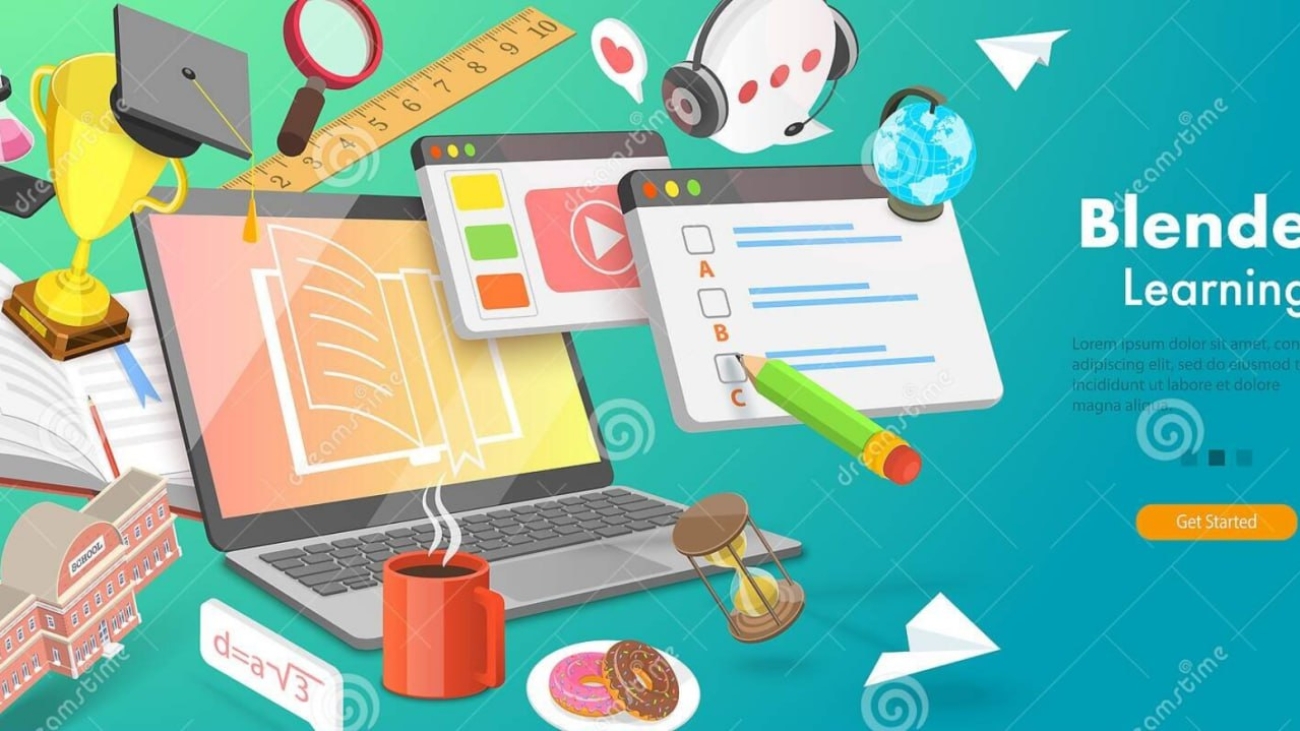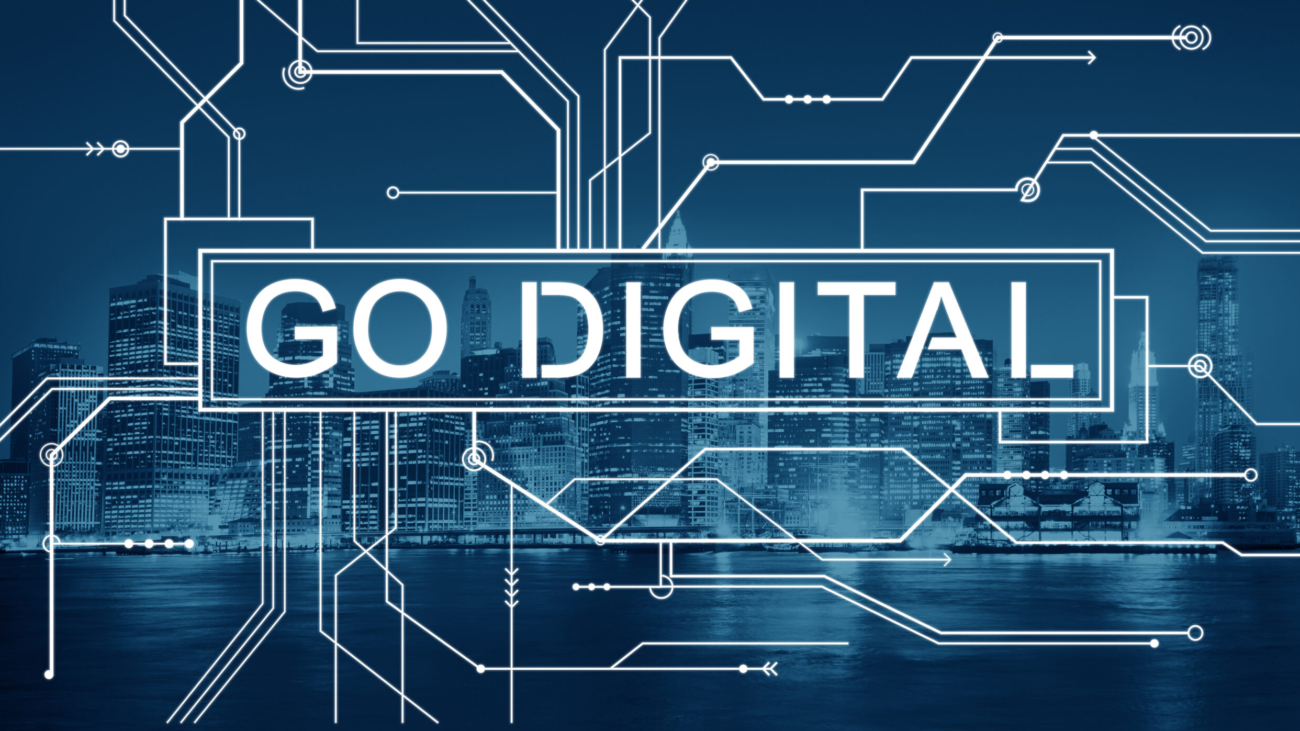لكي نثبت هذه الفرضية علينا اولا معرفة ما هو التعلم المدمج؟ وكيفية صناعة برامج التدريب وفق هذا النموذج؟
التعلم المدمج ، المعروف أيضًا باسم التعلم المختلط ، هو نهج للتعليم يجمع بين المواد التعليمية عبر الإنترنت (اون لاين) وفرص التفاعل عبر الإنترنت مع أساليب الفصل الدراسي التقليدية القائمة على حضور الطلاب الى الفصل الدراسي.
كيف تصنع برنامج التعلم المدمج؟
تحديد الأهداف
كما هو الحال مع أي نوع من أنواع التدريب ، عليك أن تبدأ بصياغة الهدف ؛ وذلك من خلال الاجابة على الاسئلة التالية: ما هو الغرض من التدريب أو التدريس؟ وما هو الهدف النهائي؟ لن يؤدي ذلك إلى توفير الوضوح للمتعلمين (الطلاب أ المتدربون) فحسب ، بل يمكّنك من إنشاء برنامج أكثر تركيزًا يمنح المتعلمين المهارات والمعرفة التي يحتاجون إليها.
إجعلها تفاعلية
يمكن أن تكون دورات التعلم المدمج تفاعلية كما تريد. الأمر متروك لك لتحديد مقدار التعلم الذي سيتم من خلال التدريب عبر الإنترنت والمقدار الذي سيتم من خلال التعلم الذاتي. على سبيل المثال ، يمكنك تعيين مهمة للمتعلمين لإكمالها قبل جلسة تدريب مباشرة عبر النت وأثناء الندوة عبر النت ، تناقش المهمة وتشارك الحلول.
التقييمات
ستحتاج إلى مراقبة وتقييم تقدم المتعلمين في نهاية البرنامج. سيعطيك هذا نظرة ثاقبة حول مدى نجاح التدريب ، وما إذا كانت هناك أي فجوات معرفية تحتاج إلى معالجة. باستخدام المنصات الالكترونية للتعليم ، يمكنك بسهولة تعيين الاختبارات أو التقييمات لإكمالها في نهاية التدريب.
لماذا يعتبر التعلم المدمج مثالياً لتدريب الشركات؟
زياددة نسبة عوائد الاستثمار (ROI)
يقلل التعلم المدمج من تكاليف التدريب وجهًا لوجه ، مثل السفر والإقامة ومواد التدريب المطبوعة. ستتمتع أيضًا بميزة إضافية تتمثل في طرح التدريب على نطاق واسع ، لذلك إذا كنت ترغب في التدريب عالميًا ، يمكن أن يساعدك التعلم المدمج في القيام بذلك بسهولة!
العمل بمرونة
عند تدريب المتعلمين في بيئة مؤسسية ، تحتاج إلى تحقيق التوازن والتفكير في عبء العمل غير التدريبي. تعتمد نماذج التعلم المدمج على مزيج من التدريب والواجبات عبر الإنترنت ، مما يمكّن المتعلمين من التعلم عندما يناسبهم ، مما يمنحهم مزيدًا من التحكم في تعلمهم وتطورهم.
التفاعل العلمي
يمكن للشركات استخدام أساليب تعليمية متنوعة عبر الإنترنت ، مثل الندوات عبر الإنترنت لتسجيل جلسات التدريب لاستخدامها لاحقًا. إذا كان لديك وصول إلى منصة تعليم الكترونية (LMS ) ، فيمكن أن تضيف الألعاب والشهادات مكافآت وبعض القدرة التنافسية الودية إلى التدريب ، مما يؤدي إلى مشاركة أفضل للمتعلم




